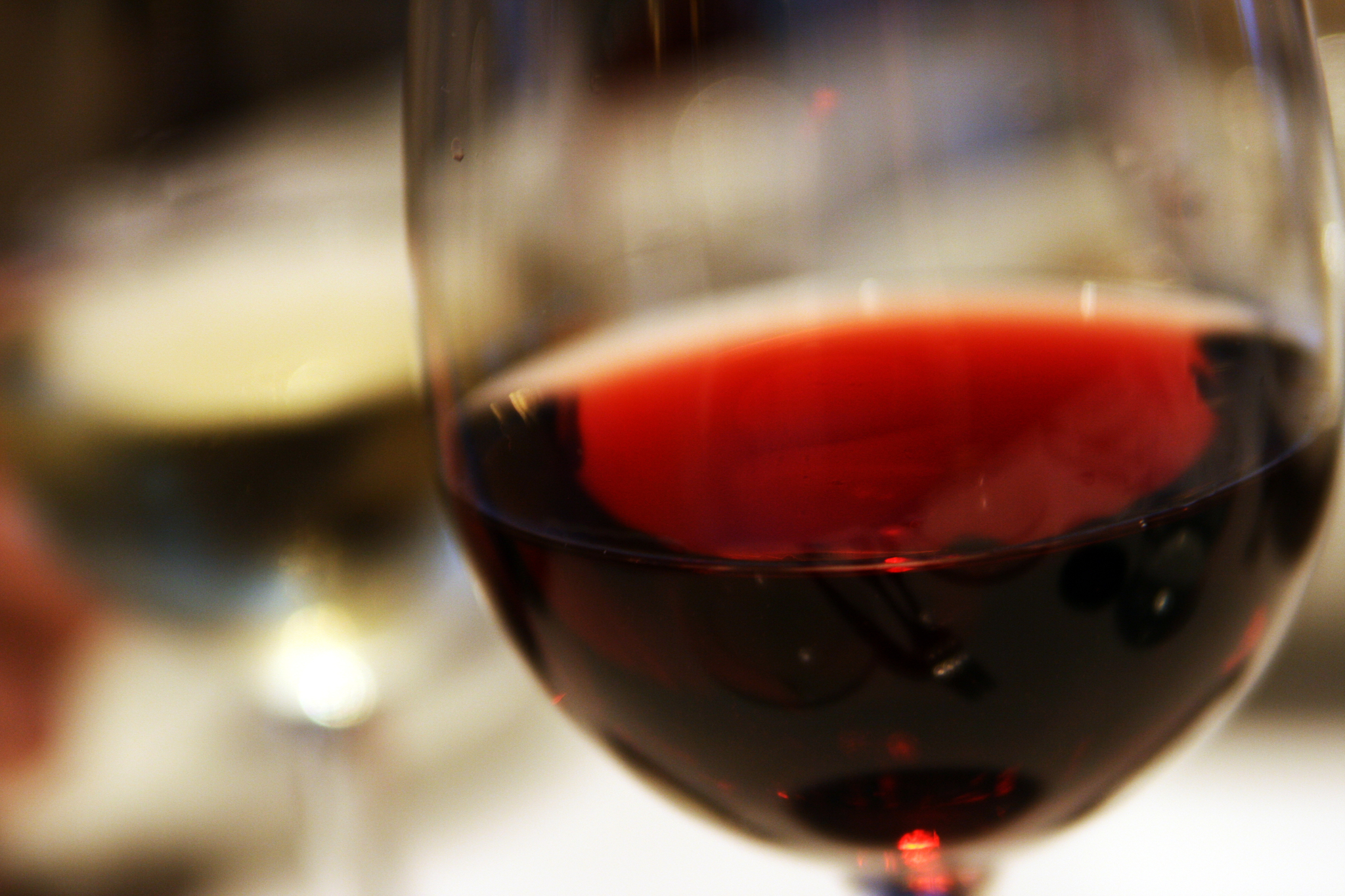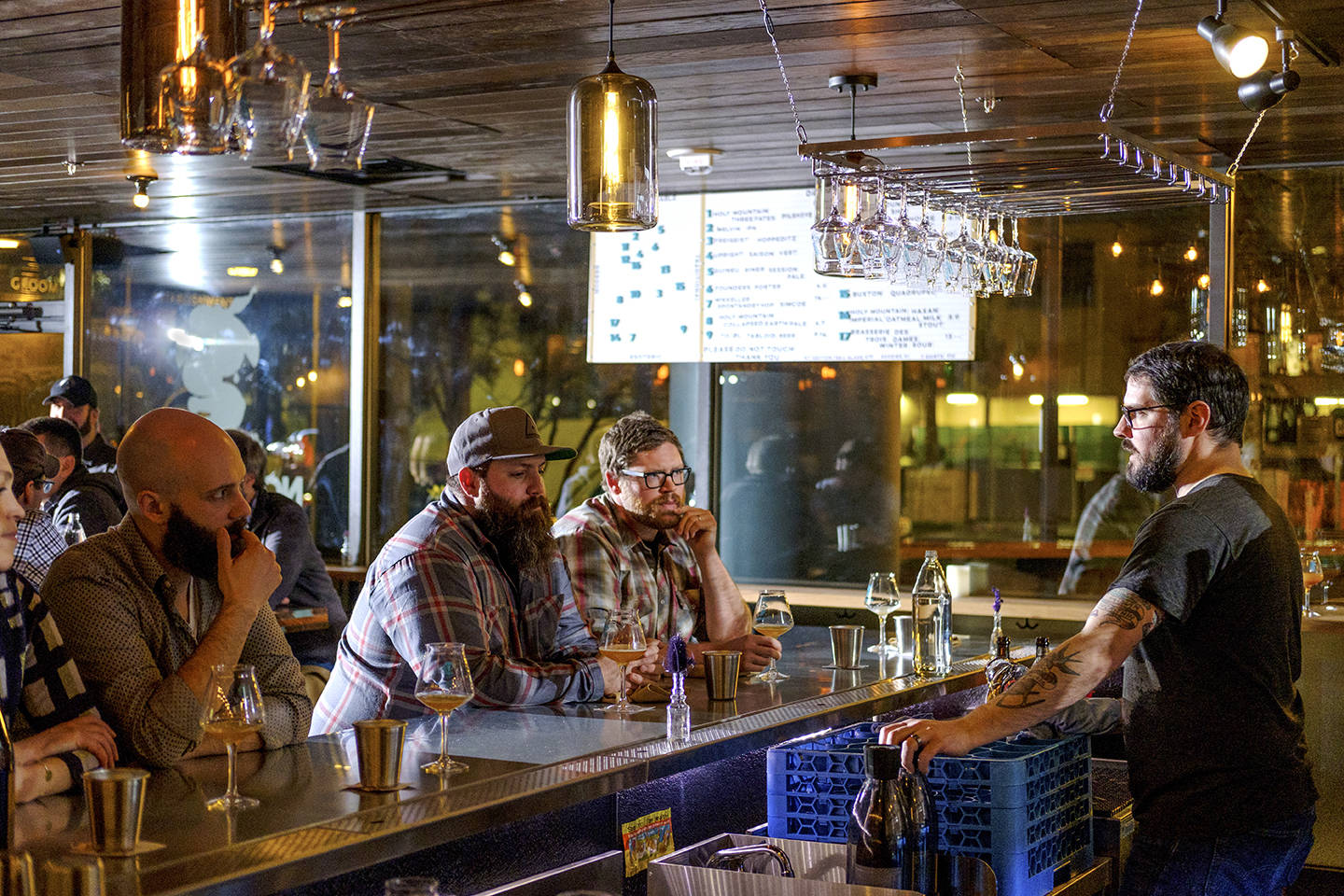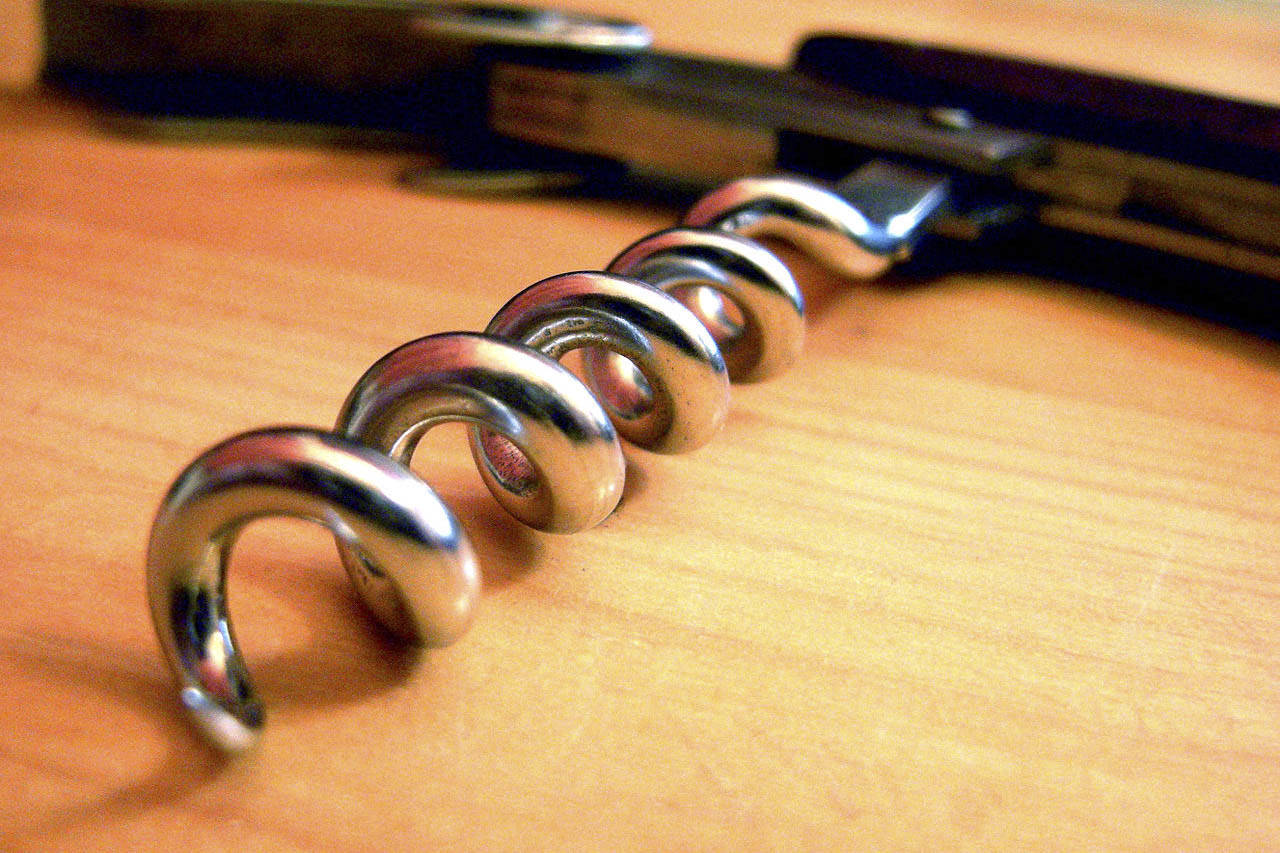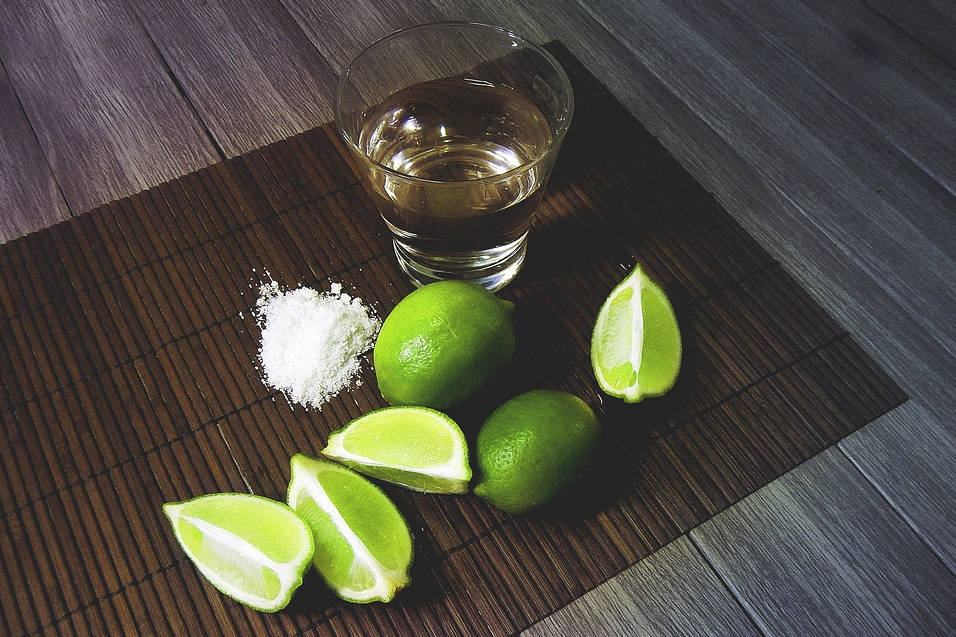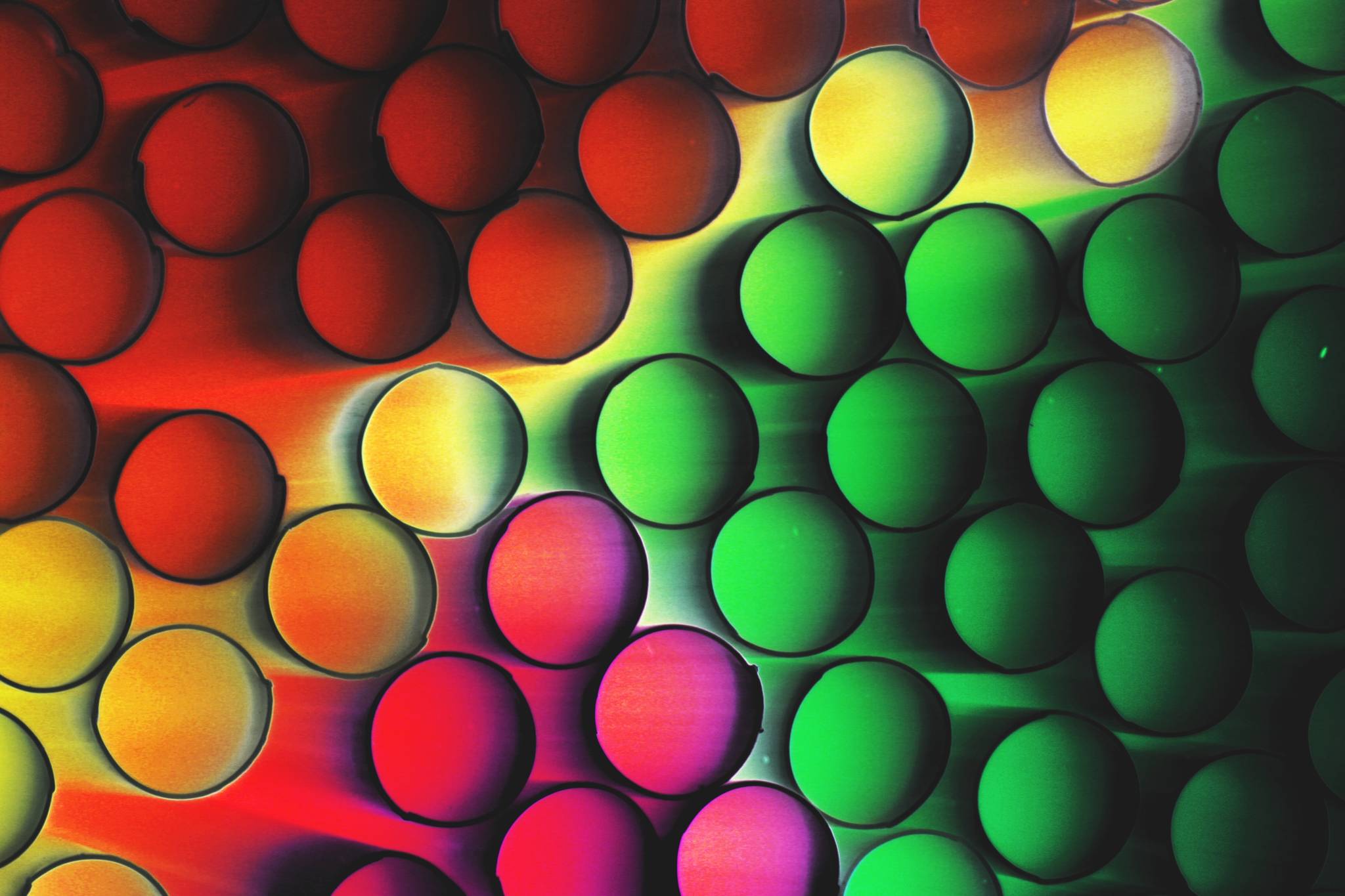The cult of the winemaker is endemic within the broader culture: It’s why famed wine consultants can make millions of dollars and travel around the globe consulting on projects from Walla Walla to Mendoza. Wine writers and sommeliers do love to talk about the terroir of wines, but we also like to discuss the technical minutiae of that wine’s production, the work of the winemaker.
Contrasted against that image of the winemaker-as-hero is the idea that perhaps we should get out of Mother Nature’s way. So-called “natural wine” has become the newest in a growing constellation of wine styles that promise little in the way of winemaker intervention—but does that term mean anything, and are those resulting wines any good?
Let’s unpack the term just a bit: natural wine sits alongside terms like organic and bio-dynamic that have some generally agreed-upon principles but little actual legal meaning. An organic winemaker can’t use commercial fertilizers or pesticides, but that doesn’t mean sugar or acid isn’t added to balance the wine once it’s in the winery. Bio-dynamic wines adhere to the basic principles laid out by Rudolf Steiner: The whole of the vineyard is a living organism, and thus certain rhythms and rituals are observed. Both schools have adherents all over the world, for ethical reasons and because many winemakers believe the wine is better.
Natural wine is more about the winemaking process (though it starts with organic, bio-dynamic grapes) and in particular about not adding certain commonly used chemicals and treatments. For example, natural wines will be made with little or no added sulfur, which is commonly used in winemaking as a preservative. Additionally, those wines are fermented with naturally occurring yeasts, not commercial strains that are more predictable and often add specific flavor notes to the wine. Proponents like to say that this is wine “the way it should be.”
Sounds good, right? Well, kinda. One reason winemakers started adding sulfur dioxide to their wines was that it would shut down fermentation, preventing wines from refermenting in the bottle if there was any residual sugar. Wines that have started refermenting can be a bit fizzy, which is fun, but they can also taste really, really strange. It’s the same with wild yeasts: Long-established wineries can often use indigenous yeasts because the specific colonies are entrenched in the production facility, but there’s always the risk of contamination or a failed fermentation.
More bothersome to me are the claims made by some natural-wine proponents (and companies trying to cash in on the trend) that natural wines are healthier for the consumer—or, on one website I saw, won’t cause hangovers. They also exploit the persistent myth that sulfites (which naturally occur in wine) cause the headaches that many suffer when drinking even a small amount. In fact, the most current research seems to show that, instead, compounds called “biogenic amines” cause that reaction, compounds that are more likely to form when malolactic fermentation happens with wild bacteria.
Look, some of my favorite wines are natural wines, but, as with any other loosely defined term, caveat emptor. In my opinion, the most important things are that a wine taste good, and that you can reasonably expect several different bottles of the same wine to taste the same. Some natural wines succeed at that—and some don’t.
barcode@seattleweekly.com
